Consultation
+370 645 64564
info@bauto.lt
Orders
+370 645 64564
uzsakymai@bauto.lt
Consultation
+370 645 64564
info@bauto.lt
Orders
+370 645 64564
uzsakymai@bauto.lt

We guarantee that we have exactly what you are looking for in our database of 35 million car parts. Bauto system is the fastest and most reliable way to find the right car parts.

The Toyota Yaris car is divided by generations:
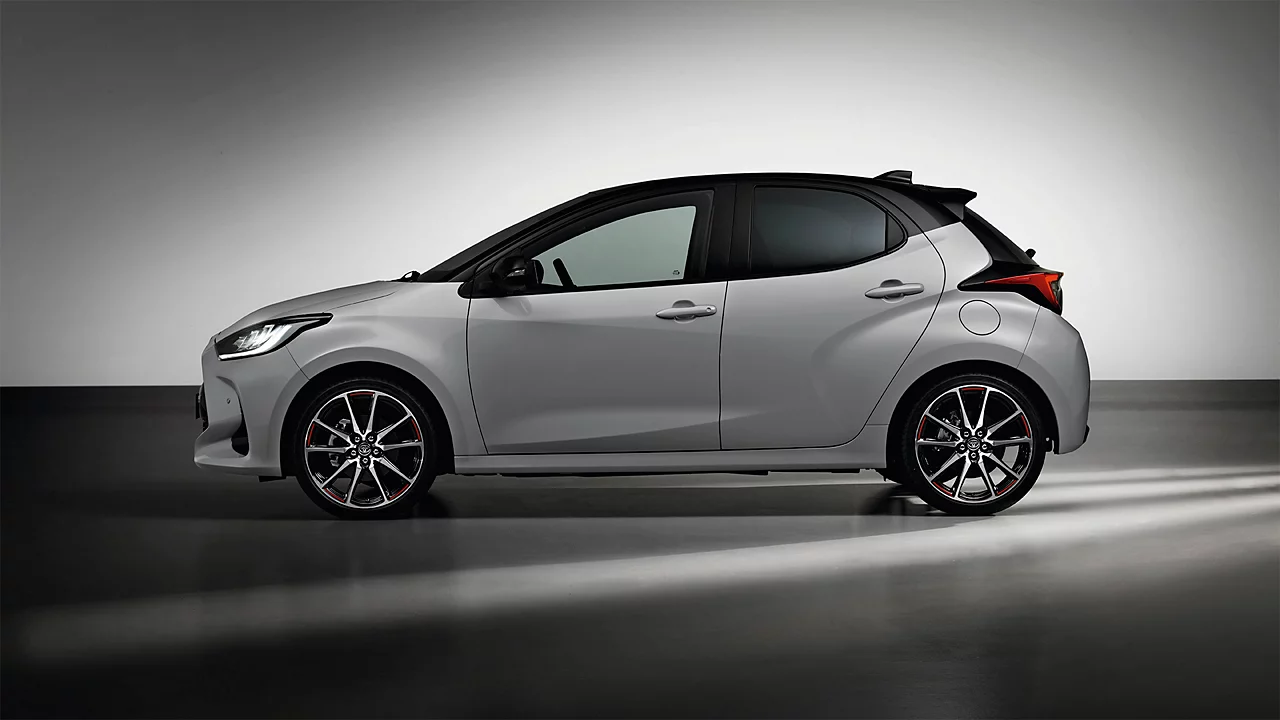
You can find any part for these models by OEM number - the original manufacturer's code given to the part. Parts marked with this code are made according to all technical requirements and approved by the manufacturer to meet the highest standards. You can find the code on the part itself or in a special database. If you don't know it, just write to us and we'll send it to you soon.
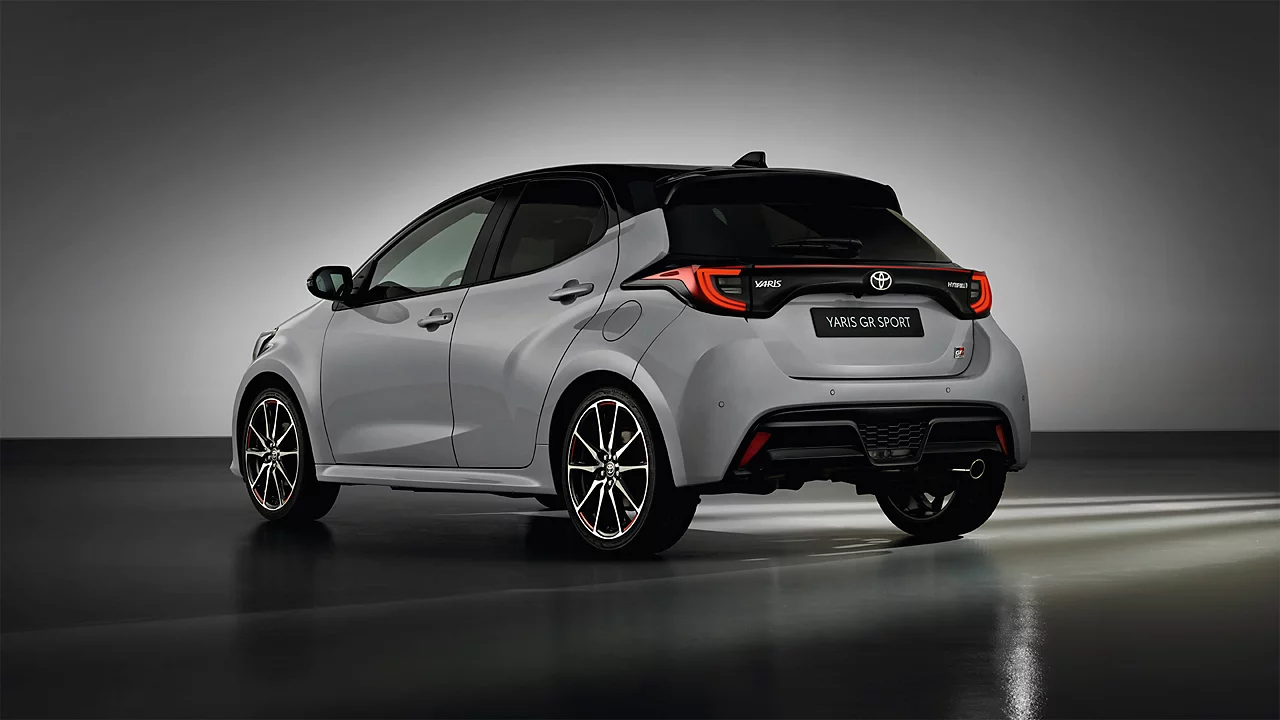
The Toyota Yaris is a small subcompact city car produced since 1999. With its introduction, the Toyota Yaris replaced previous Toyota models such as the Starlet and Tercel, and this change was highly praised - in 2000, the Toyota Yaris became the European Car of the Year. At that time, the supermini segment of these cars was particularly important in Europe, with significant contributions from Italian, German, and French manufacturers, until Japan with its debut Yaris model outshined them all.
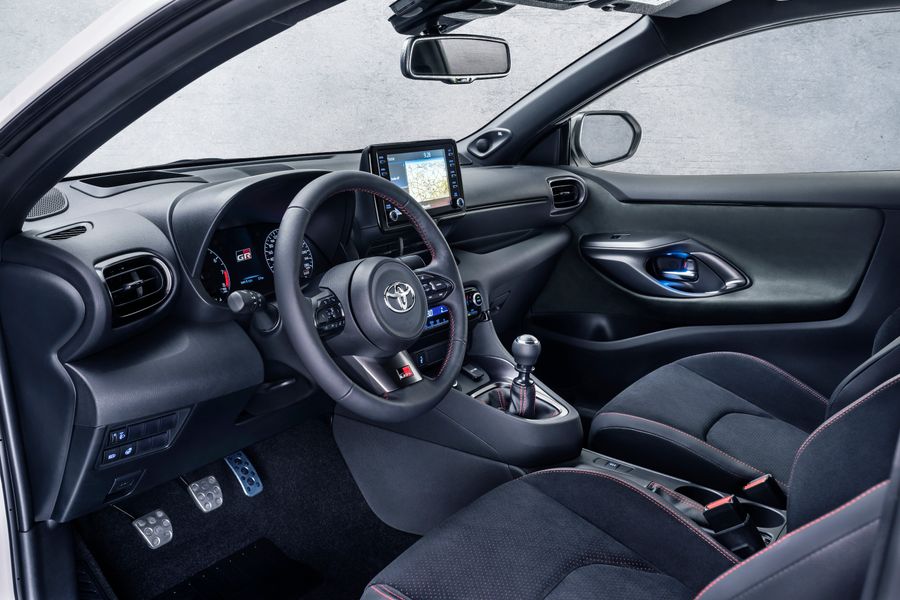
The origin of the name of this model is also remarkable - the name Yaris is derived from the word "Charis" or in Lithuanian - "Charitė," the singular form of the Greek goddesses of charm and beauty, the Charičiai.
Currently, the 4th generation of the Toyota Yaris is being produced. All of them, except for the currently manufactured one (XP210), have had one or two updates (facelifts).
The technical specifications of different Toyota Yaris modifications may vary. The following table provides a summary of the technical specifications of Toyota Yaris models:
At Bauto.lt, we offer only new and original automobile parts. Our auto parts database is one of the largest in Lithuania, with 35 million parts available. We have everything your Toyota Yaris might need, including:
In addition to essential mechanical parts, we offer tuning parts, comfort equipment, cleaning products for the interior and body, and accessories for your Toyota Yaris. Enter the necessary OEM code for the part and purchase the original Toyota Yaris part at Bauto!
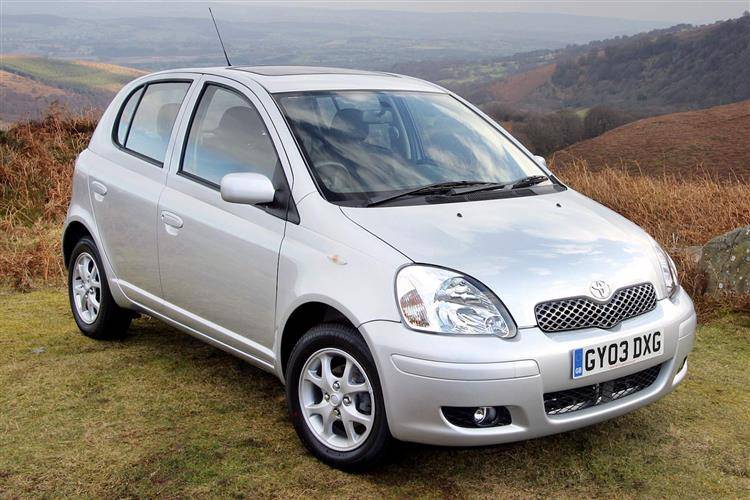
Toyota Yaris XP10 (1999–2003)
Before the first Yaris model appeared on the market, Toyota did not have much success in the European supermini segment, but everything changed with this model.
To ensure that this small car would appeal to Europeans, the Yaris was designed in Europe. To fully realize the car's design concepts, the design team created a new platform for this model, called the NBC (New B-segment Cars). Although bio-design trends were no longer as relevant, the designers still gave the car a rounded shape. To ensure easy access to the small car and more space for passengers, the Yaris was constructed with a high roof and low floor.
While the Yaris did not look particularly luxurious or stylish, the design decisions were successful enough. Small grilles were elegantly integrated into the engine hood, and large, round headlights were placed next to them.
Inside, the traditional analog instrument panel was replaced with a digital one, which was embedded in the central part of the dashboard. The car manufacturer believed that this was safer because the driver could keep an eye on the screen while still seeing the road ahead. Nissan tried the same layout in the Primera model, but it did not work well. Drivers who were used to the traditional instrument panel location were reluctant to change their habits.
However, the new platform was well-liked by drivers. The Toyota Yaris had enough room for five passengers inside, although it is not very comfortable for three people to sit in the back. The trunk is nothing special and fairly small, but it can be expanded by folding down the rear seats.
The interior looks solid and is well put together, but the gray plastic details make the cabin look dull.
When creating the Toyota Yaris, the manufacturer's priorities were very clear; it had to be affordable, economical, and practical. Regardless of the engine chosen - 1.0L or 1.3L - the Yaris is characterized by low fuel consumption and sufficient power to drive in the city. In 2001, the Yaris engine range was supplemented by the most powerful 1.5L T-Sport version, and after the 2003 update, a 1.4L D4-D diesel engine with 75 horsepower (56 kW) was also offered.
Main features
Specifications
Advantages
Disadvantages
Toyota Yaris XP10 facelift (2003–2006)
The 1999 models were a big success, so Toyota decided it was time for some updates. The goal of the facelift was to create a more attractive car while keeping some of the original Yaris features.
The new Yaris was offered with a revised color palette, new front fog lights, chrome exhaust pipe, lightweight alloy wheels, color-matching door mirrors and bumpers. The body construction was also improved, making the car safer and enhancing driving quality and dynamics.
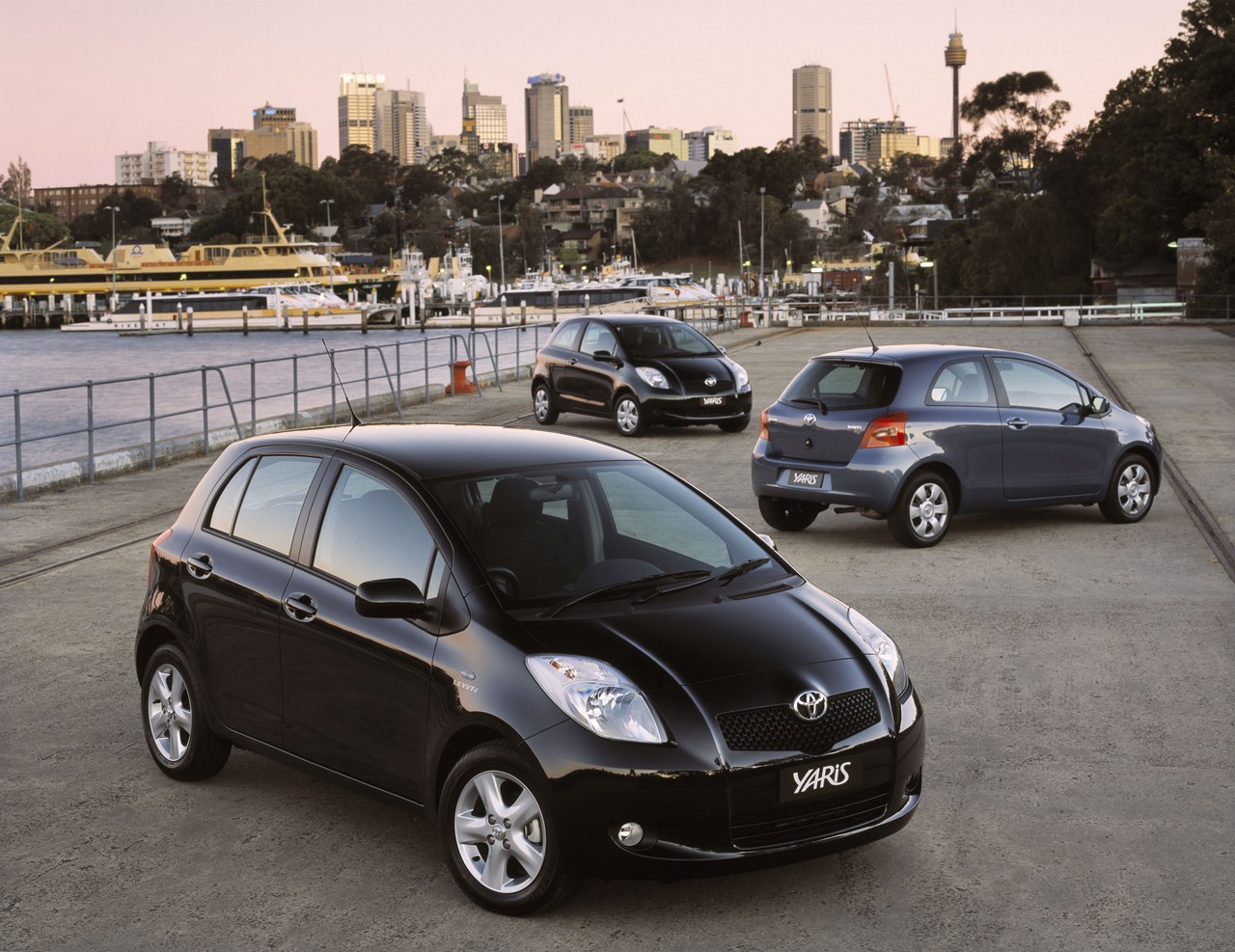
The second generation of Toyota Yaris, the XP90, was introduced in 2005. Due to its lower CO2 emissions and smaller engine, this model became a popular choice in Europe and other countries where lower CO2 emissions were required.
Known as Yaris XP90, this model had different names in other regions of the world: Toyota Belta (South America and Australia), Toyota Vitz (Japan), and Toyota Vios (China). This generation was offered with sedan or hatchback body types.
In 2007, Xbox released a special video game called Yaris to promote the second generation Yaris model, but the game received heavy criticism and became one of the worst-rated Xbox 360 games of all time.
At its time, Yaris XP90 was noted for its innovative, eye-friendly design and aerodynamic body. While the car's interior is not luxurious, it is still known as a spacious and compact car, with a focus on functionality, convenience, and safety.
Toyota Yaris XP90 was known for its reliability and economy. In 2009, the car was awarded the prestigious "Euro NCAP" safety award for excellent crash protection and high levels of adult and child occupant protection.
To meet the needs of different consumer groups, XP90 was produced with three different engine types: 1.0, 1.3, and 1.4 liters. These engines were designed for small and medium-sized cars, making them highly efficient and economical.
Keywords: Toyota Yaris XP90, second generation Yaris, CO2 emissions, sedan, hatchback, Toyota Belta, Toyota Vitz, Toyota Vios, Xbox Yaris game, reliability, economy, Euro NCAP safety award, engine types, efficiency.
Main features:
Specifications:
Advantages:
Disadvantages:
Toyota Yaris XP90 facelift (2008–2011)
The updated Yaris XP90 model was introduced in 2008, which aimed to improve certain stylistic flaws of the XP90. The front and rear lights were replaced with more modern and stylish ones, the radiator grille and front section were updated.
The interior of the car was also updated: a new instrument panel was created, and interior fabrics were changed. The facelift version had several new features, including a new audio system and a rearview camera.
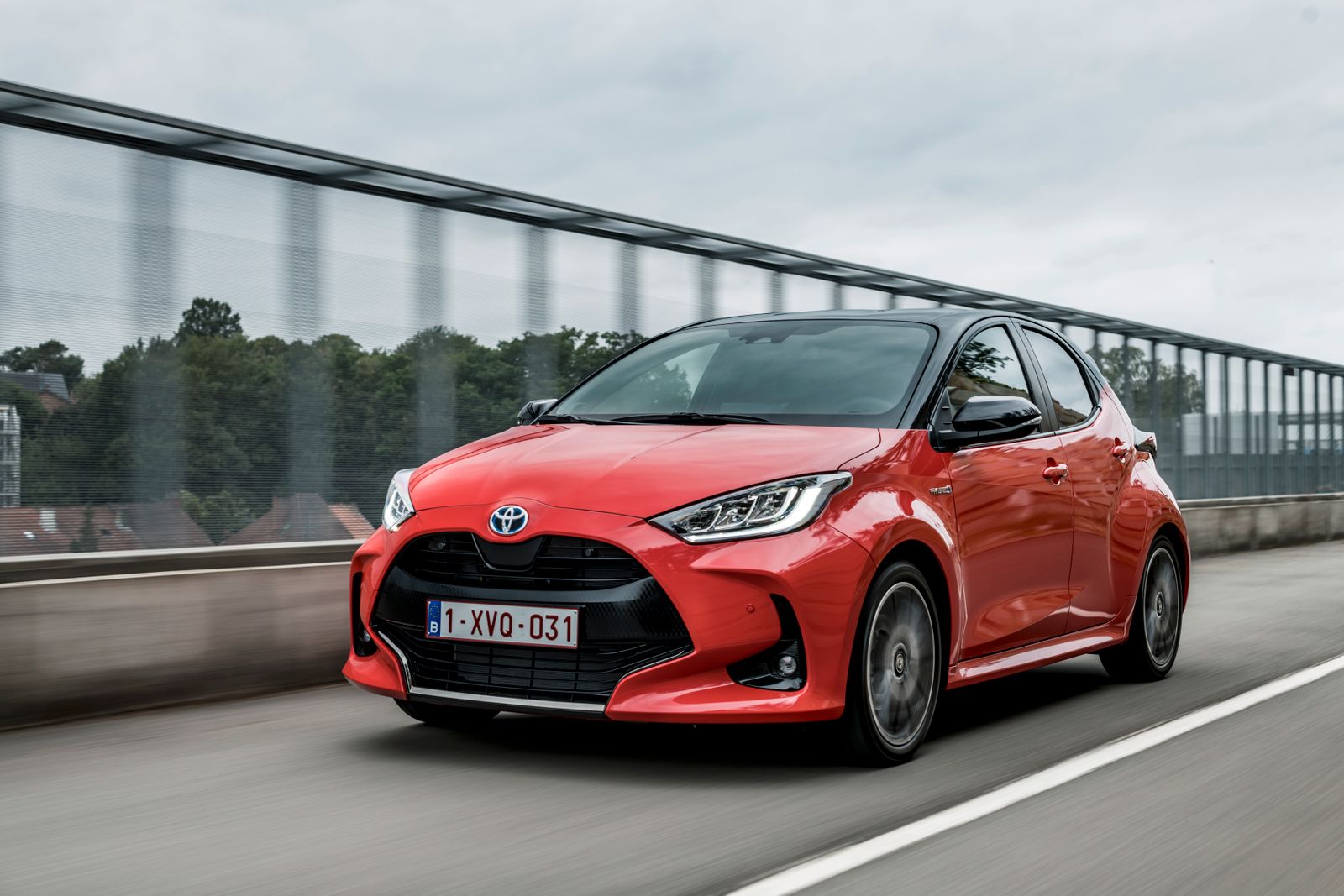
In 2011, Toyota introduced the third generation of the Yaris model - the XP130. Available as a hatchback, sedan, or wagon, this car features a modern and youthful design with an aerodynamic body and elegant lines.
Compared to previous generations, the XP130 model stands out with a well-thought-out and stylish interior, with high-quality materials upholstering the seats and a modern, practical cabin.
In addition, this car has a plethora of additional conveniences, such as air conditioning, a rear-view camera, multimedia system, and other features for comfortable and enjoyable driving.
This Yaris model is equipped with new safety technologies that ensure even better driver and passenger safety. The Toyota Safety Sense system in the car has an integrated radar that detects and signals obstacles on the road. The Vehicle Stability Control function significantly improves safety when driving on slippery roads.
Three engine types were introduced: gasoline, diesel, and hybrid. The 1.0 or 1.3-liter gasoline engine provides up to 99 horsepower and maintains excellent fuel efficiency both in the city and on highways.
The economical 1.4-liter diesel engine ensures up to 89 horsepower and low CO2 emissions.
The 1.5-liter hybrid engine, which reaches up to 99 horsepower, is an excellent choice for those looking to reduce gasoline costs.
Main Features
Specifications
Advantages
Disadvantages
Toyota Yaris XP130 facelift (2014-2020)
In 2014, an improved version of the XP130 model was introduced, featuring a more expressive design and several new technologies. In Europe, the model was offered with a 1.33L engine and a 6-speed manual or automatic transmission. The facelift model had a new, sleeker and noise-reducing front end, an updated multimedia system, redesigned seats, and an enhanced passenger safety system.

The 2020 XP210 model marks the most modern era of Yaris in terms of design and technology. The futuristic body design is full of bold and daring shapes and cuts, and additional LED lights add more playfulness to the headlights.
One of the unique features of this model compared to previous generations is that the XP210 is only produced in a five-door hatchback style. Another distinctive feature is that this model is built on a new GA-B platform, which is usually reserved for Prius models and is designed for smaller cars. The GA-B platform ensures a much more powerful and comfortable driving experience.
When creating the XP210, engineers spared no expense in implementing advanced technologies. The infotainment system with a clear display is designed to display important information and GPS. Adaptive cruise control is also installed, allowing the car to maintain a safe distance from other vehicles on the road. Finally, the active braking system is designed for both passenger and pedestrian safety.
Perhaps the biggest achievement of the XP210 is its excellent hybrid system, which not only ensures fuel efficiency, but also significantly reduces CO2 emissions. Another achievement is its attractive and modern design while maintaining a practical and comfortable interior: this car is perfect for the whole family to embark on a comfortable journey.
It is no wonder that this fourth-generation Yaris model was awarded the title of European Car of the Year in 2021.
Main features
Specifications
Advantages
Disadvantages





